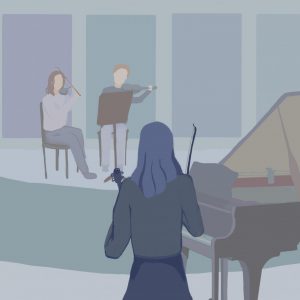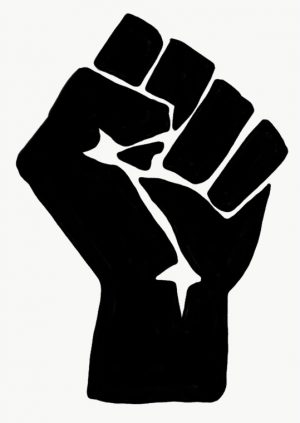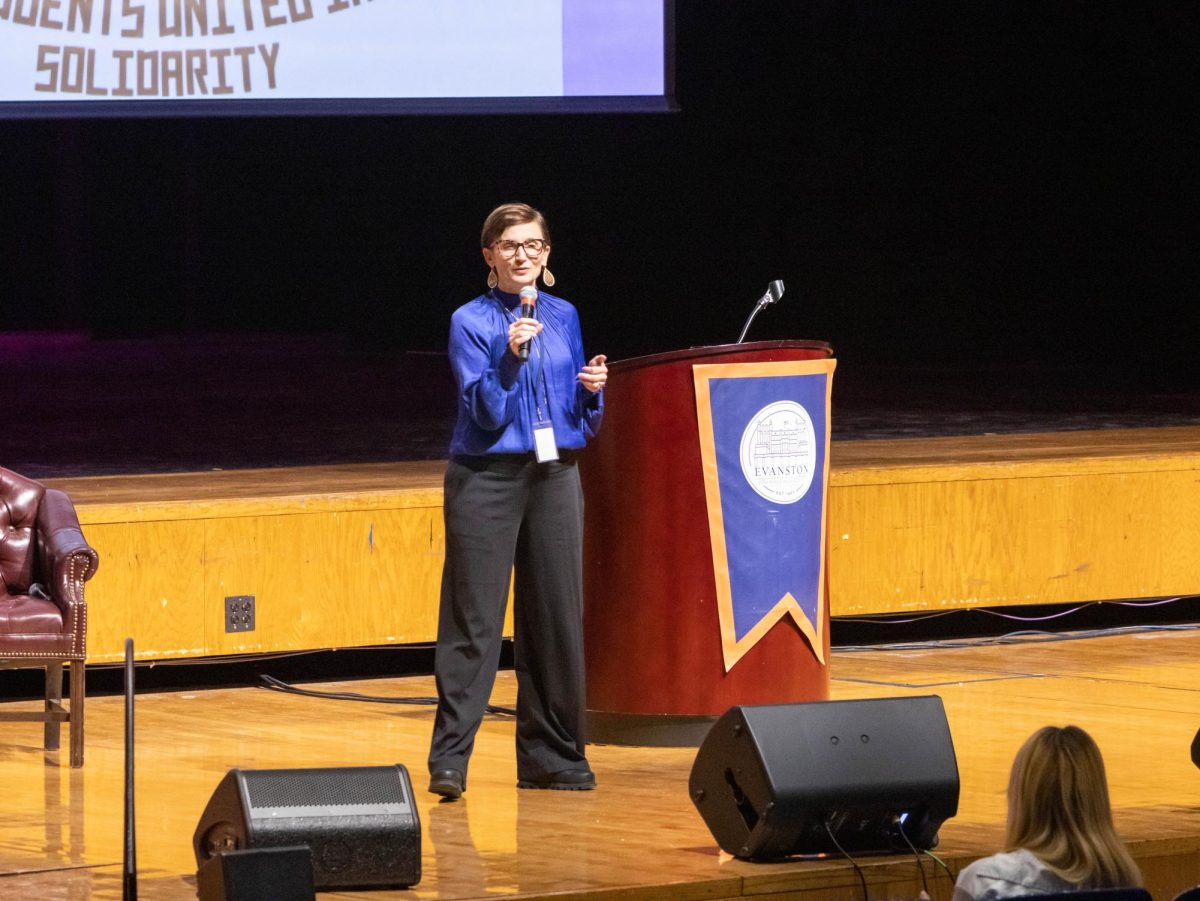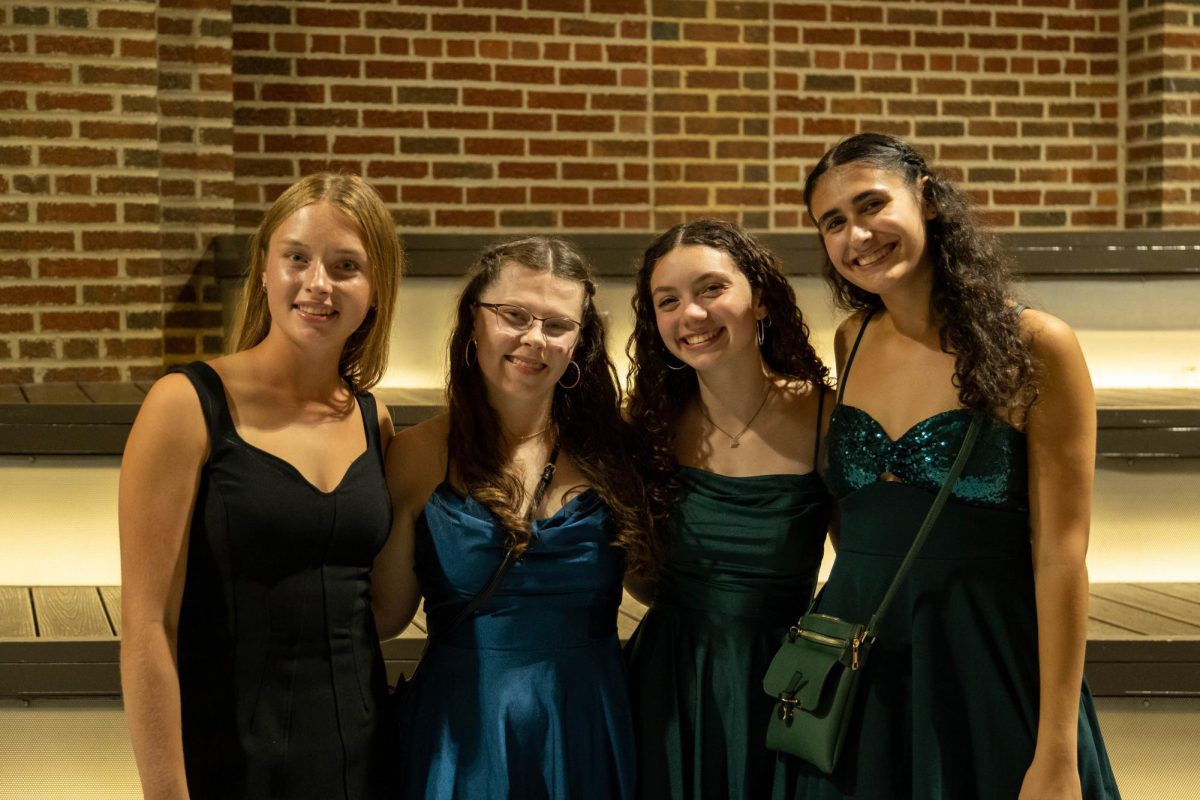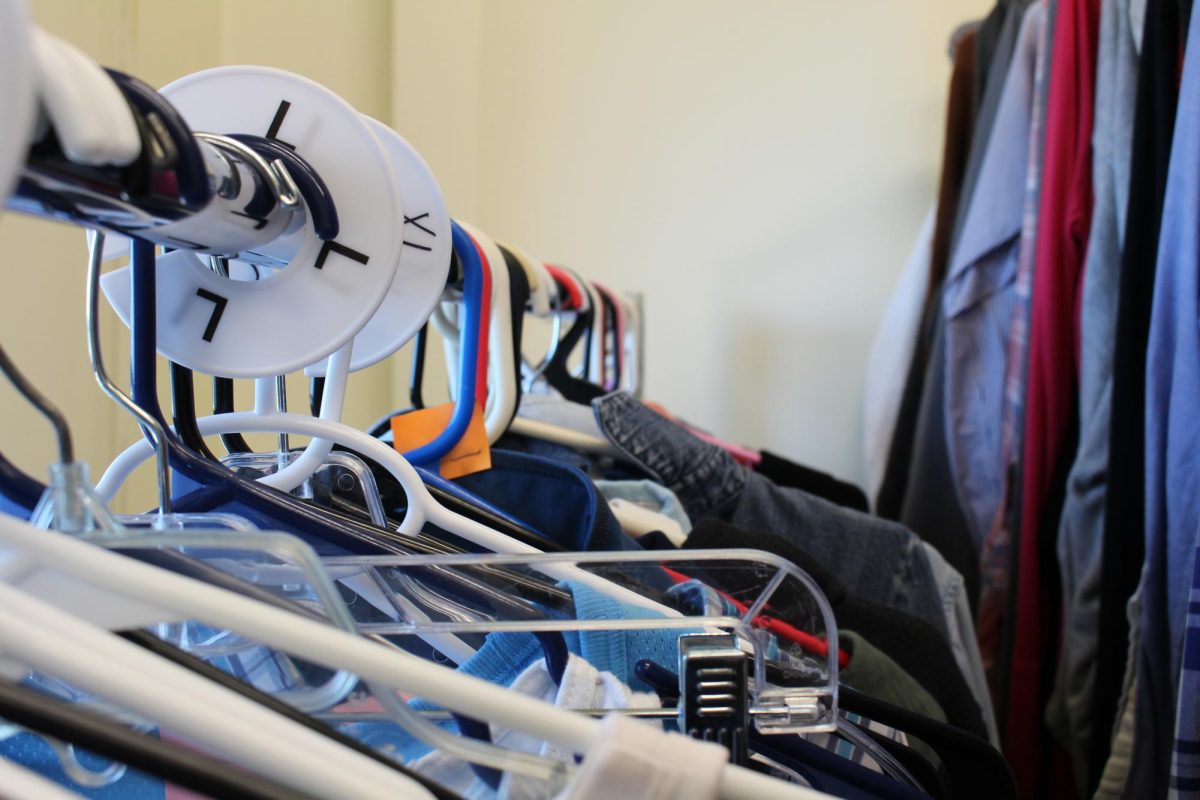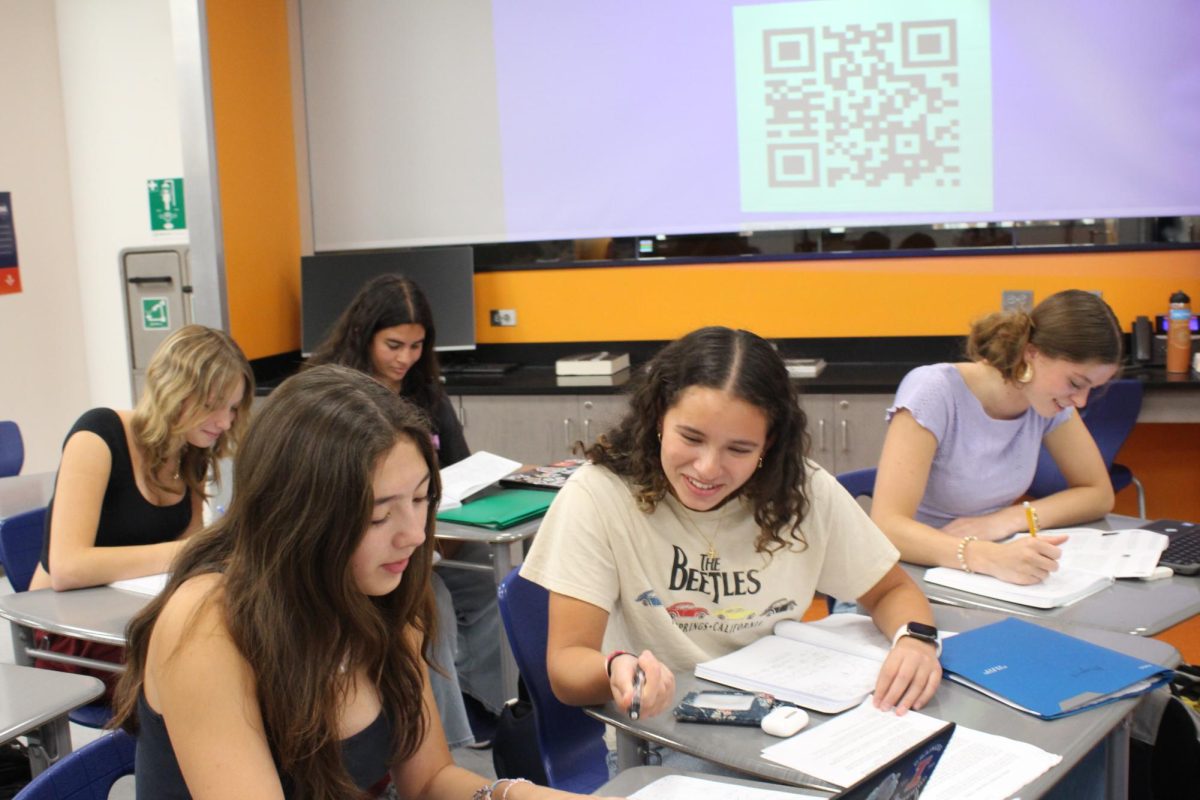Encouragement for and from people like me
February 22, 2021
ETHS is one of the leading academic schools in the country. Evanston parents, students and faculty pride themselves on the fact that our school is filled to the brim with high achieving, talented and “successful” students. Whether it’s in sports, student government, academic clubs or the arts, there are accomplished student leaders at every avenue within ETHS. This is proven by the high percentage of students that go on to gain acceptance to nationally ranked colleges or universities. In fact, such recognition is given to students through platforms like the Evanstonian. Only, we typically only see the celebration of one type of ETHS student: white.
Although not every platform in the high school is celebratory towards white students, predominantly white extra and co-curricular activities and platforms such as the Evanstonian at least recognize their existence. Programs at ETHS that are led and facilitated by Black, Indiginous, People of Color (BIPOC) are seldom acknowledged in mainstream information sources through the school.
“I don’t feel super recognized. To a certain extent, I don’t mind it, because I’m not doing this to be recognized per se, but I don’t feel that recognized in terms of what I am doing for the BSU,” junior Serena Brown explains. “I don’t feel like I know a lot of Black leaders in the school. I think the school could definitely do a lot more to encourage that.”
Brown is the president and founder of the Black Student Union and is a board member of Team ASAP, an organization hoping to destigmatize and encourage students to take Advanced Placement (AP) courses.
Drawing and Art History teacher Daria McMeans believes that Team ASAP has allowed for courses and classrooms to be more inviting.
“Team ASAP has been really working hard to create those kinds of spaces to have conversations to question. I know that a lot of teachers are invested in trying to make, you know, to make spaces equitable,” McMeans says.
Senior Bryce Skipworth, a member of the Black Student Summit planning committee, explains how instead of being spotlighted as many of their white counterparts have been, students feel like their achievements are buried.
“In the building, I would want us to just be heard. There’s a lot of things that students of color do. A lot of students make things or do hair, and you never really hear about that. I think that a lot more students of color are doing a lot of things that could be recognized. I know quite a few people are students who have started their own businesses, and [we should] bring that more to light and [let] people know, ‘This is this person, and this is what they do,’” senior Bryce Skipworth says. “I know that in our summit meetings, we wanted to do something like that because I think this year was ‘Black 365.”
Unfortunately, the Evanstonian failed to share, promote or cover the Black Student Summit on Feb. 8, 2021. The summit, almost entirely organized by Black students, was filled with healing conversations about power, safety and affinity amongst the vast range of Black identities at ETHS.
Another student, senior Olamide Thomas believes that encouragement allows for students to see themselves.
“I just think encouragement is one of the biggest things. Encouragement from other people that look like you, that identify with you, goes a long way. That’s why I really enjoy things like the summit,” Thomas says.
Encouragement within activities does not just apply to students but is up to advisors and staff to make the space feel inclusive. Llyoandra Cooper, College & Career Services Specialist and advisor of Student Council, believes that staff should have a developed understanding of clubs, sports and other activities so they can encourage students in their classes.
“It can just be a matter or interest, right? Everybody’s not gonna like everything. But it’s one thing to have the space and create the space; it’s another thing to make it an inviting space. I think that’s where we can continue to improve on that, on making the spaces inviting so people can feel like, ‘Hey, I can join that; I can join the swim team,’ ‘ I can’t join the whatever club,’ ‘ I can do this,’” Cooper explains.
Thomas reiterates the importance of not only needing encouragement but needing inviting spaces.
“I swam for three years, and I swam [for] most of my life. Swimming, which is a predominantly white sport, based on a lot of racial history, at times was uncomfortable, and it was really hard for me to do, especially when I was the only person of color all the time,” Thomas explains.
Junior Iman Williams resonates with making clubs reflect the broader student population.
“ I think that for a way to diversify the clubs by race and thought is just by making clubs less cliquish or less of a friends thing and more school spirited,” Williams explains.
One idea that was repeated throughout interviews and reiterated in other spaces in ETHS is for there to be a platform that elevates the experiences and successes of all of our students. The Evanstonian can certainly be a part of that.
“Just have a segment or somewhere where students are shouted out and talked about more,” Skipworth says.
Celebrating BIPOC students, student-led organizations and community happenings should be commonplace, especially through student-led platforms like the Evanstonian. There are a variety of ways to relay resources and celebrate our students that should come more naturally than it does for the Evanstonian.
“There’s something to this marriage between the visual arts and the written word, because it’s where people are at. What does a language and word-based publication do to be relevant in this visual, technological world?” McMeans explains.
The act of reporting on what occurs within ETHS must be intentional considering who that information and story benefits, who the audience it’s trying to reach and why. The Evanstonian should be reflective of our student body, and we, all of us students, should dictate what is written and celebrated within these pages. The Evanstonian may have the platform, but we, as students, have the power; we students dictate what is written here, whose stories are told and what coverage we’re given.
The notion of recognition extends beyond being featured in the Evanstonian; rather, it’s the fundamental idea to give us the same opportunities white students are handed when they step foot in ETHS freshman year. Perpetuating white, middle-class ideals ignores organizations, conversations, individual students even who resist these norms because they make a white audience uncomfortable. As a school and larger community, we fail to give the same opportunities to our entire student body. By doing this, we are limiting spaces for the Evanston and ETHS community to organize, heal and unite; we limit our celebrations of young people striving for equity within Evanston.


